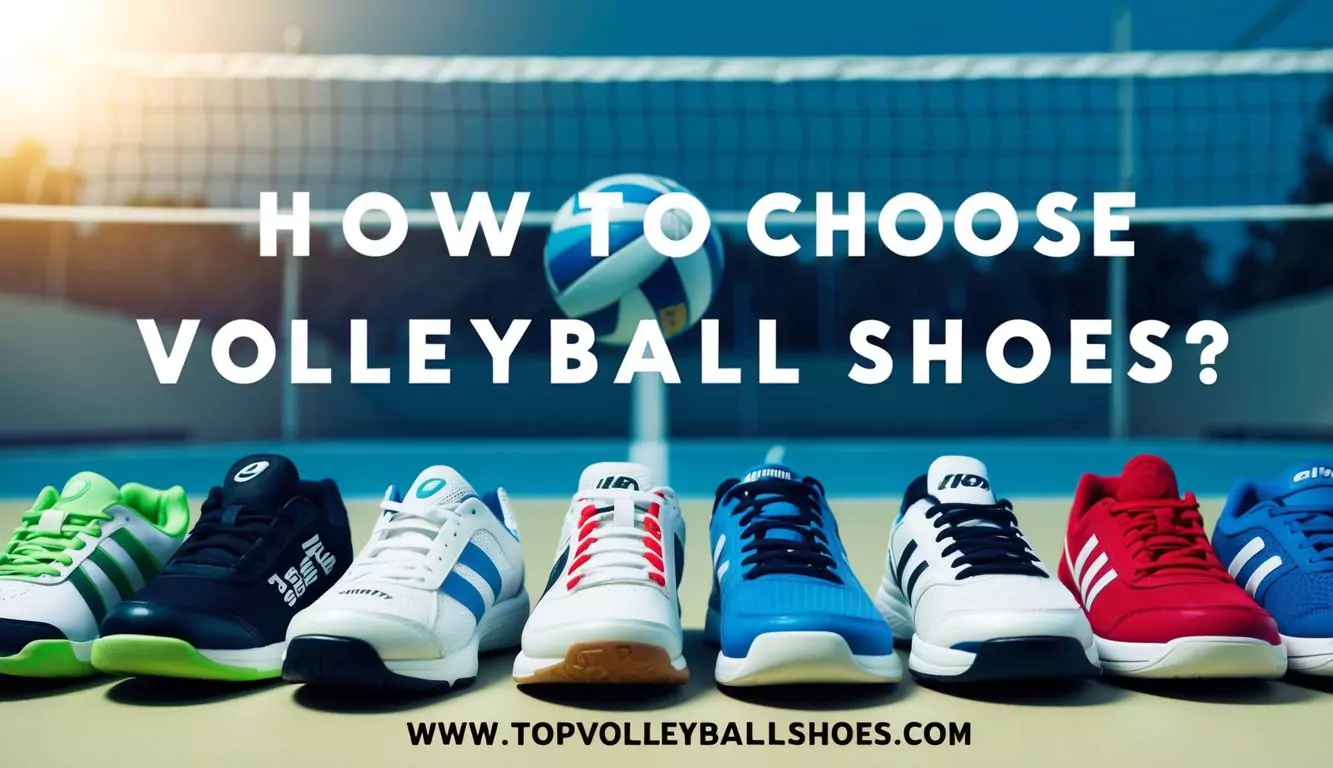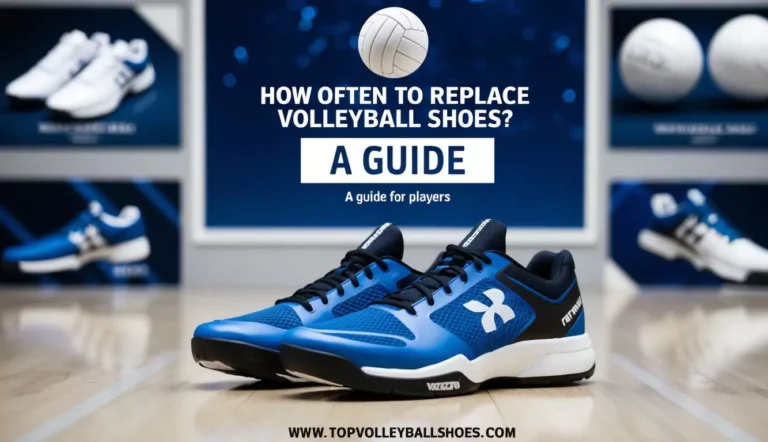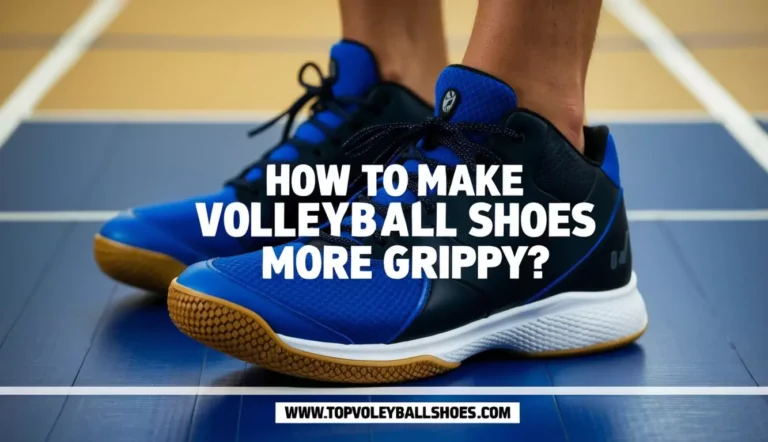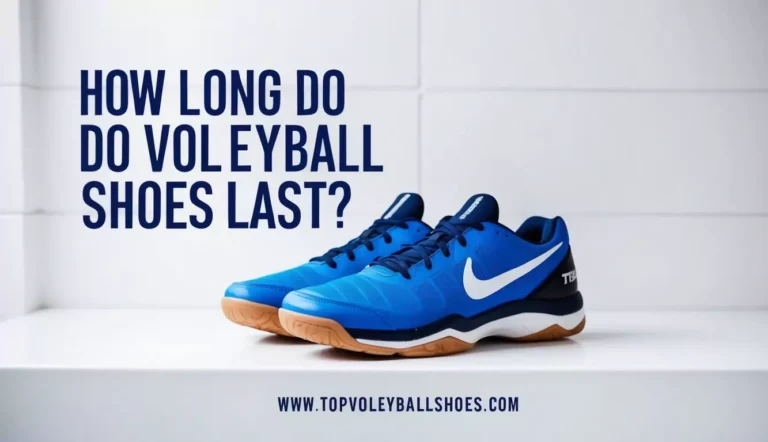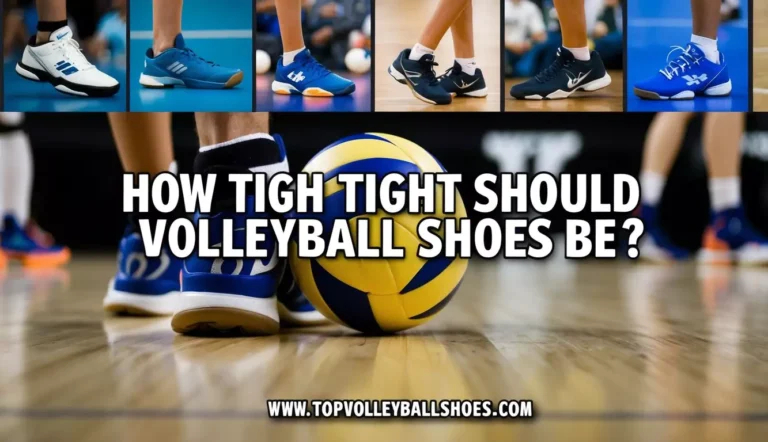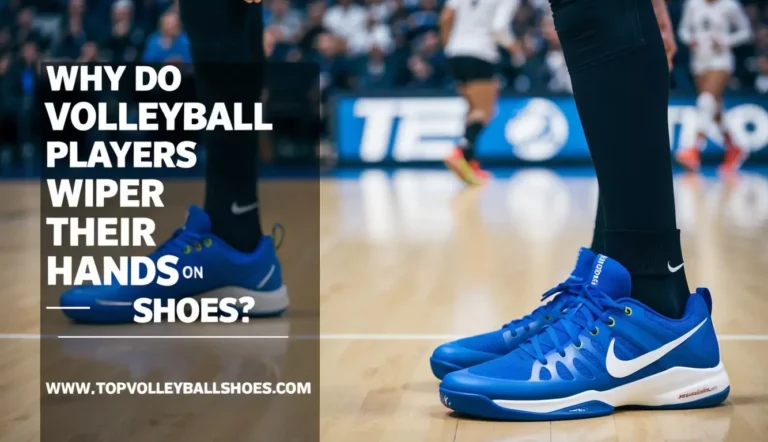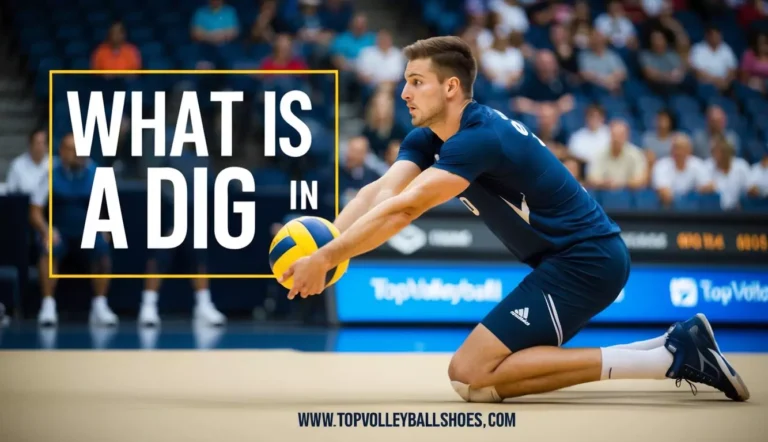How to Choose Volleyball Shoes? Comprehensive Guide
Choosing the right volleyball shoes is essential for performance and comfort on the court. Different players have varying foot types, making it crucial to find a shoe that provides the right support and traction.
Whether you have flat feet, high arches, or something in between, your shoe’s sole plays a key role in how well you can move and jump.
You May Read: 20 Best Volleyball Shoes List
When selecting your shoes, consider factors like weight and cushioning to reduce stress on your body during play. You’ll also want to pay attention to the type of surface where you’ll be playing.
With the right fit and features tailored to your needs, you can enhance your game and stay injury-free.
Key Takeaways
- Find shoes that provide the right arch support for your foot type.
- Choose shoes based on the surface you will play on for better traction.
- Invest in quality shoes to ensure comfort and durability during play.
Factors You SHOULD Consider While Choosing the Right Volleyball Shoes
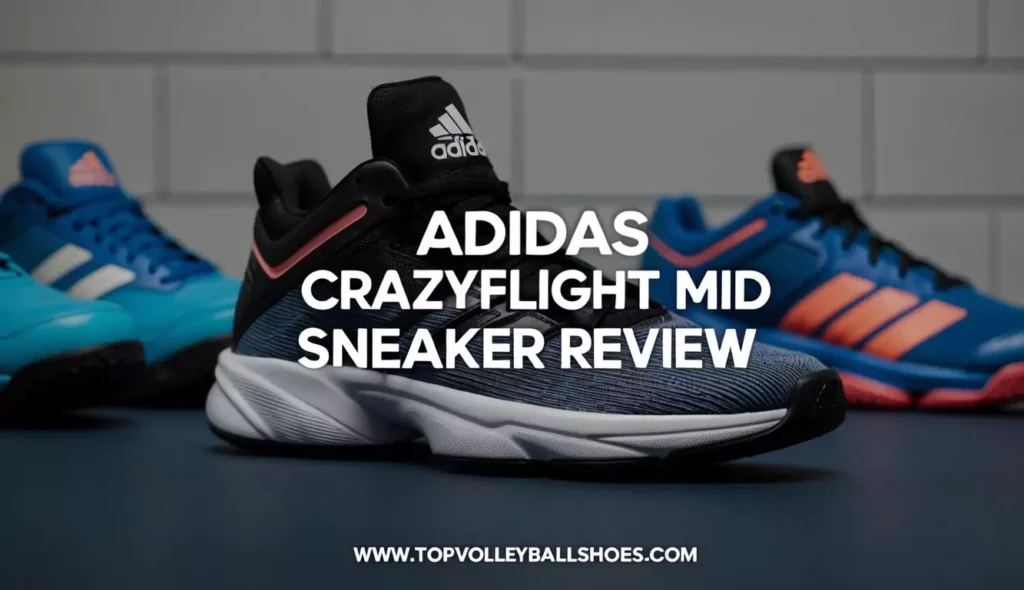
Choosing the right volleyball shoes is essential for performance and comfort on the court. Different players have varying foot types, making it crucial to find a shoe that provides the right support and traction.
Whether you have flat feet, high arches, or something in between, your shoe’s sole plays a key role in how well you can move and jump.
When selecting your shoes, consider factors like weight and cushioning to reduce stress on your body during play. You’ll also want to pay attention to the type of surface where you’ll be playing.
With the right fit and features tailored to your needs, you can enhance your game and stay injury-free.
| Factor | Details |
|---|---|
| Foot Type | Know your foot type: flat, medium arch, or high arch. Choose shoes that support your arch appropriately. |
| Weight | Lighter shoes can enhance mobility on the court. |
| Cushioning | Shoes need good cushioning to absorb impacts, especially when jumping on hard surfaces. |
| Traction | Look for shoes with a grip suited for the type of flooring. A gum sole often works best for indoor play. |
| Ankle Support | Consider high-top shoes if you need more ankle support, especially for jumping. |
| Personal Fit | The upper part of the shoe should fit snugly. If you have broader feet, look for styles designed for wider fits. |
| Durability | Track how your shoes feel over time. If they harden or cause pain, it might be time to replace them. |
| Specialization | Choose different shoes for morning and night training. Ground-based sessions may need lighter shoes with less support, while jumping sessions require more ankle support. |
Personalized Volleyball Shoe Selection Guidlines
Differences by Player Position and Size
When choosing volleyball shoes, consider your player position and foot size. Options vary for those with flat feet, high arches, or medium arches.
As an outside hitter, you may prefer shoes that offer a blend of flexibility and support. Think about the shoe’s sole, especially its grip and traction for different surfaces like hardwood or teraflex, to enhance your movement on the court.
Individual Comfort and Performance
Comfort plays a crucial role in your shoe choice. Look for shoes that fit well and provide adequate support.
If you have ankle issues, opt for shoes that are stiffer to prevent injury. Your footwear should feel like an extension of your foot—neither too loose nor overly tight.
Assess the weight of the shoe too, as lighter options can improve speed during gameplay.
Training vs. Competition Footwear
Different activities require different footwear. For morning training sessions, consider shoes that allow for lateral movement since you won’t be jumping as much.
High-tops can provide extra ankle support during intense jumping sessions. Always ensure your shoes have good cushioning to handle impacts, especially when moving from training to competitive play.
Volleyball Shoe Durability and Replacement Indicators
Choosing the right volleyball shoes is essential for performance and comfort. Here are some key factors to consider regarding shoe durability and when to replace your shoes:
- Sole Type: The bottom of your shoe should match your foot type. If you have flat feet, high arches, or medium arches, the sole needs to provide the right support. Look for shoes that offer comfort and the needed arch support.
- Weight of the Shoe: A lightweight shoe can help you move quickly on the court. If you prefer a shoe that feels light, make sure it still provides good support.
- Traction: The type of bottom on your shoe matters. A gum sole is great for indoor surfaces but may not work well on concrete or blacktop. Always match your shoe with the type of flooring you will be playing on.
- Signs of Wear: Pay attention to how your feet feel after games or practices. If you notice discomfort or increased impact when landing, it’s time to consider replacing them. Common indicators include:
| Indicator | Action Needed |
|---|---|
| Sore feet or tendons | Shoe may be breaking down |
| Hard feeling when landing | Time for new shoes |
| Blisters or discomfort | Check shoe condition |
- Usage Frequency: If you are using your shoes regularly, plan to replace them every month to month and a half. Active players should consider having multiple pairs for different types of training.
- Performance Needs: Depending on your position and play style, different shoe features may be necessary. High-top shoes provide more ankle support, while lower shoes may allow for greater freedom of movement.
Volleyball Shoe Budget and Investment
Choosing the right volleyball shoes is essential. You should consider comfort, support, and traction. Here are key points to think about:
- Foot Type: Know whether you have flat, medium, or high arches. The right sole can provide the support you need.
- Weight of the Shoe: Lighter shoes can help you move quicker on the court.
- Traction: Look for shoes with a good grip for the specific surface you will play on. Gum bottoms work well on most indoor courts.
Features to Consider before choosing Volleyball Shoes
- Cushioning: Adequate cushioning helps protect your ankles and knees. A softer shoe can reduce impact during jumps.
- Support: High-top shoes offer more ankle support, especially during jumping exercises.
- Durability: Shoes can wear out quickly based on your playing style. Be ready to replace them if you notice discomfort.
Budgeting for Volleyball Shoes
Investing a bit more in quality shoes can prevent injury. You might spend around $120 to $180 for a good pair. Here are some options to consider:
| Shoe Type | Typical Price | Features |
|---|---|---|
| Nike Volleyball Shoes | Check on Amazon | Good traction, light weight |
| Adidas Harden Vol. 6 Basketball Shoe | Check on Amazon | Comfortable fit, solid support |
You might wear different shoes for practice and games. This can extend the life of your footwear and keep you comfortable. Shop around and try different pairs to find what works best for you.
Recommended Volleyball Shoe Models
| Shoe Model | Features | Best For |
|---|---|---|
| Mizuno Wave Lightning Neo 3 | Flyknit upper, high-top | Ankle support and overall comfort |
| Adidas Women’s Crazyflight Mid Sneakers | Good cushioning and traction | Morning training |
| ASICS Gel-Rocket 11 | Lightweight, flexible | Quick movements |
Quality shoes are important for performance and injury prevention. Try several pairs to see which ones feel right for you.

As a US hitter with a passion for volleyball, I bring firsthand experience and insight into what makes the best volleyball shoes stand out. From powerful spikes to swift court movements, I know how crucial the right footwear is for peak performance.

